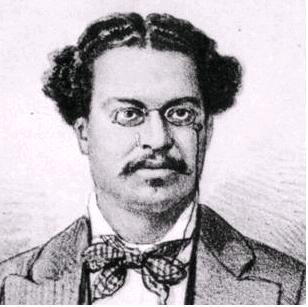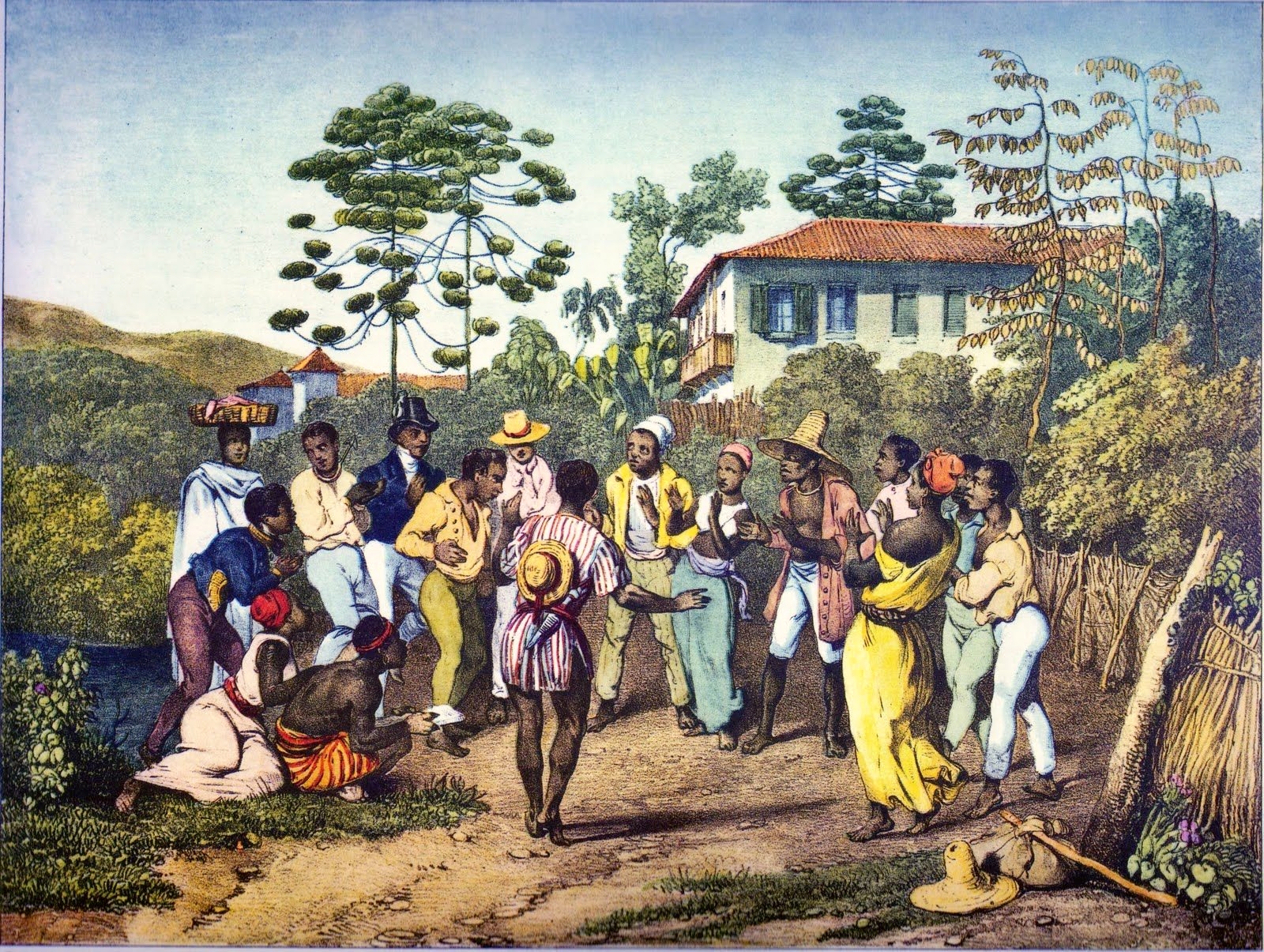|
Tche Music
{{Infobox music genre , name = Tchê music , native_name = , etymology = , other_names = Chê music , image = , alt = , caption = , stylistic_origins = {{hlist, Bahian music, Chorinho, Pagode, Samba, Chamamé, Vaneira, Xote , cultural_origins = Rio Grande do Sul , instruments = , derivatives = , subgenres = , subgenrelist = , fusiongenres = , regional_scenes = , local_scenes = , other_topics = , footnotes = , current_year = Tchê music or chê music is a variation of the traditional music style from the most southern state of Brazil, Rio Grande do Sul. It incorporates elements from Bahian music (north-east), of the Chorinho (ancient Brazilian style), the Pagode (a variation of Samba), the Samba itself is also used, folk and dance music, to the most common musical rhythms of Rio Grande do Sul, like the Chamamé, Vaneira and ... [...More Info...] [...Related Items...] OR: [Wikipedia] [Google] [Baidu] |
Chorinho
''Choro'' (, "cry" or "lament"), also popularly called ''chorinho'' ("little cry" or "little lament"), is an instrumental Music of Brazil, Brazilian popular music genre which originated in 19th century Rio de Janeiro. Despite its wikt:choro#Noun 3, name, the music often has a fast and happy rhythm. It is characterized by virtuosity, improvisation and subtle Modulation (music), modulations, and is full of syncopation and counterpoint. Choro is considered the first characteristically Brazilian genre of urban popular music. The Street performance, serenaders who play choros are known as ''chorões''. Choro instruments Originally ''choro'' was played by a trio of flute, guitar and cavaquinho (a small chordophone with four strings). Other instruments commonly played in choro are the mandolin, clarinet, saxophone, trumpet and trombone. These melody instruments are backed by a rhythm section composed of 6-string guitar, seven-string guitar (playing bass lines) and light percussion, s ... [...More Info...] [...Related Items...] OR: [Wikipedia] [Google] [Baidu] |
Pagode
Pagode () is a Brazilian style of music that originated in Rio de Janeiro, Brazil, as a subgenre of Samba. Pagode originally meant a celebration with food, music, dance, and party. In 1978, singer Beth Carvalho was introduced to this music, liked it from the beginning, and recorded tracks by Zeca Pagodinho and others. Over time, pagode has been used by many commercial groups, which have included a version of the music filled with clichés, and there is now a sentiment that the term is a pejorative for "very commercial pop music" (see Samba#Pagode Romântico, Pagode Romântico). Original pagode developed at the beginning of the 1980s, with the advent of the band Fundo de Quintal and the introduction of new instrumen ... [...More Info...] [...Related Items...] OR: [Wikipedia] [Google] [Baidu] |
Samba
Samba () is a broad term for many of the rhythms that compose the better known Brazilian music genres that originated in the Afro-Brazilians, Afro Brazilian communities of Bahia in the late 19th century and early 20th century, It is a name or prefix used for several rhythmic variants, such as samba urbano carioca (''urban Carioca samba''), samba de roda (sometimes also called ''rural samba''), among many other forms of samba, mostly originated in the Rio de Janeiro (state), Rio de Janeiro and Bahia states. Having its roots in Brazilian mythology, Brazilian folk traditions, especially those linked to the primitive rural samba of the Colonial Brazil, colonial and Empire of Brazil, imperial periods, is considered one of the most important cultural phenomena in Brazil and one of the country symbols. Present in the Portuguese language at least since the 19th century, the word "samba" was originally used to designate a "popular dance". Over time, its meaning has been extended to a "B ... [...More Info...] [...Related Items...] OR: [Wikipedia] [Google] [Baidu] |
Chamamé
Chamamé ( Guarani for: party, disorder) is a folk music genre from northeast Argentina and Argentine Mesopotamia. In 2020, Chamamé was inscribed in UNESCO's Intangible cultural heritage list after it was nominated by Argentina in 2018. Chamamé is also a traditional musical style appreciated in borders zone of South America, as Paraguay and Uruguay Jesuit reductions in the area encouraged cultural growth that lasted until the Jesuits were expelled by the Spanish Crown in the late 18th century. Within this area, Yapeyú, Corrientes was a centre of musical culture that many point to as the birthplace of the original Chamamé. Further mixing with instruments such as the Spanish guitar, then the violin and the accordion, finally resulted in what is currently known as "Chamamé". There are recordings of Chamamé dating back to the early 20th century, and the term 'Chamamé' was already used in 1931; this type of music, prior to that, was often referred to as the ''Corrientes ... [...More Info...] [...Related Items...] OR: [Wikipedia] [Google] [Baidu] |
Xote
Xote () is a Brazilian music genre and dance with a binary or quaternary rhythm. It is the local equivalent of the German schottische. Xote is a common type of forró dancing. The word ''xote'' is a corruption of the German word ''schottisch'' meaning Scottish; the ''schottische'' is related to the Scottish polka. The schottische was brought to Brazil by José Maria Toussaint in 1851,"Xote". ''Nova enciclopédia Barsa'' (electronic version). and it was a dance popular among the upper classes during the reign of Emperor Pedro II. Later, black slaves danced their own adaptations of the dance, adding their own influences, converting it into a dance that was more popular and well known. This period was when the style came to be known as ''xote'' or ''xótis''. The xote is a very versatile dance and has a number of local versions, such as the southern version called ''xote gaúcho''. The dance may incorporate steps from other Latin American dances, such as salsa, rumba and mamb ... [...More Info...] [...Related Items...] OR: [Wikipedia] [Google] [Baidu] |
Rio Grande Do Sul
Rio Grande do Sul (, ; ; "Great River of the South") is a Federative units of Brazil, state in the South Region, Brazil, southern region of Brazil. It is the Federative units of Brazil#List, fifth-most populous state and the List of Brazilian states by area, ninth-largest by area and it is divided into 497 municipalities. Located in the southernmost part of the country, Rio Grande do Sul is bordered clockwise by Santa Catarina (state), Santa Catarina to the north and northeast, the Atlantic Ocean to the east, the Uruguayan Departments of Uruguay, departments of Rocha Department, Rocha, Treinta y Tres Department, Treinta y Tres, Cerro Largo Department, Cerro Largo, Rivera Department, Rivera, and Artigas Department, Artigas to the south and southwest, and the Argentina, Argentine Provinces of Argentina, provinces of Corrientes Province, Corrientes and Misiones Province, Misiones to the west and northwest. The capital and largest city is Porto Alegre. The state has the highest lif ... [...More Info...] [...Related Items...] OR: [Wikipedia] [Google] [Baidu] |
Brazil
Brazil, officially the Federative Republic of Brazil, is the largest country in South America. It is the world's List of countries and dependencies by area, fifth-largest country by area and the List of countries and dependencies by population, seventh-largest by population, with over 212 million people. The country is a federation composed of 26 Federative units of Brazil, states and a Federal District (Brazil), Federal District, which hosts the capital, Brasília. List of cities in Brazil by population, Its most populous city is São Paulo, followed by Rio de Janeiro. Brazil has the most Portuguese-speaking countries, Portuguese speakers in the world and is the only country in the Americas where Portuguese language, Portuguese is an Portuguese-speaking world, official language. Bounded by the Atlantic Ocean on the east, Brazil has a Coastline of Brazil, coastline of . Covering roughly half of South America's land area, it Borders of Brazil, borders all other countries and ter ... [...More Info...] [...Related Items...] OR: [Wikipedia] [Google] [Baidu] |
Electric Guitar
An electric guitar is a guitar that requires external electric Guitar amplifier, sound amplification in order to be heard at typical performance volumes, unlike a standard acoustic guitar. It uses one or more pickup (music technology), pickups to convert the vibration of its strings into Electrical signal, electrical signals, which ultimately are reproduced as sound by loudspeakers. The sound is sometimes shaped or electronically altered to achieve different timbres or tonal qualities via amplifier settings or knobs on the guitar. Often, this is done through the use of Effects unit, effects such as reverb, Distortion (music), distortion and "overdrive"; the latter is considered to be a key element of electric blues guitar music and jazz, rock music, rock and Heavy metal music, heavy metal guitar playing. Designs also exist combining attributes of electric and acoustic guitars: the Semi-acoustic guitar, semi-acoustic and Acoustic-electric guitar, acoustic-electric guitars. Inven ... [...More Info...] [...Related Items...] OR: [Wikipedia] [Google] [Baidu] |
Guacho
Guaco, huaco, vejuco and bejuco are terms applied to various vine-like Central American, South American, and West Indian climbing plants, reputed to have curative powers. Several species in the genus ''Mikania'' are among those referred to as guaco. Even though it is not a vine ''guaco'' is also used to refer to '' Cleome serrulata'', the Rocky Mountain beeplant. Native Americans and Colombians believe that the guaco was named after a species of kite, in imitation of its cry, which they say it uses to attract the snakes which it feeds on. Tradition says that the plant's powers as an antidote were discovered through watching the bird eat the leaves, and even spread the juice on its wings, before attacking the snakes. Any twining plant with a heart-shaped leaf, white and green above and purple beneath, is called a guaco by Native Americans, which does not necessarily coincide with which plants are "true" guacos, as far as naturalists are concerned. What is most commonly recogniz ... [...More Info...] [...Related Items...] OR: [Wikipedia] [Google] [Baidu] |


